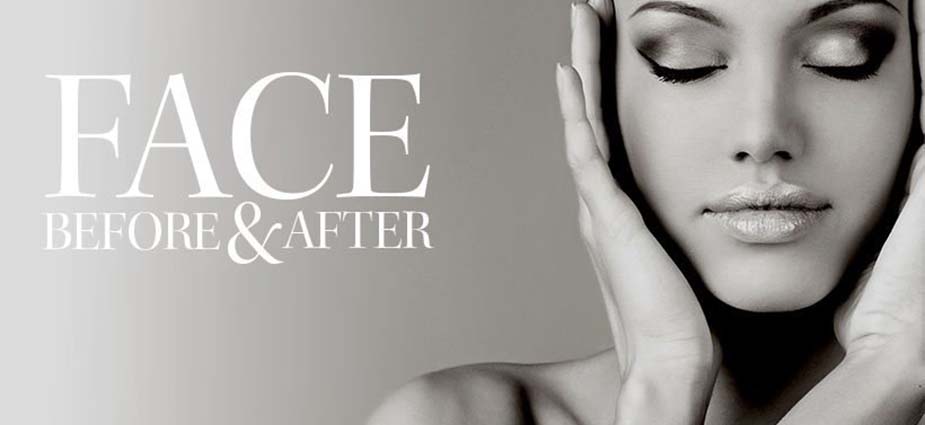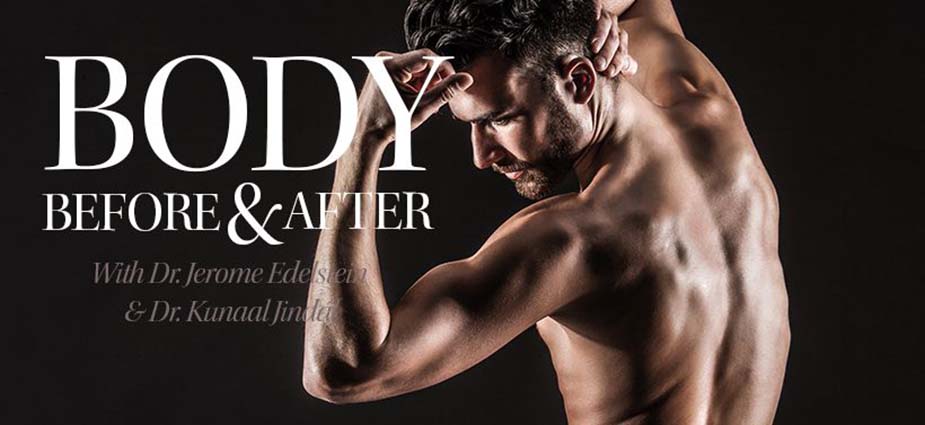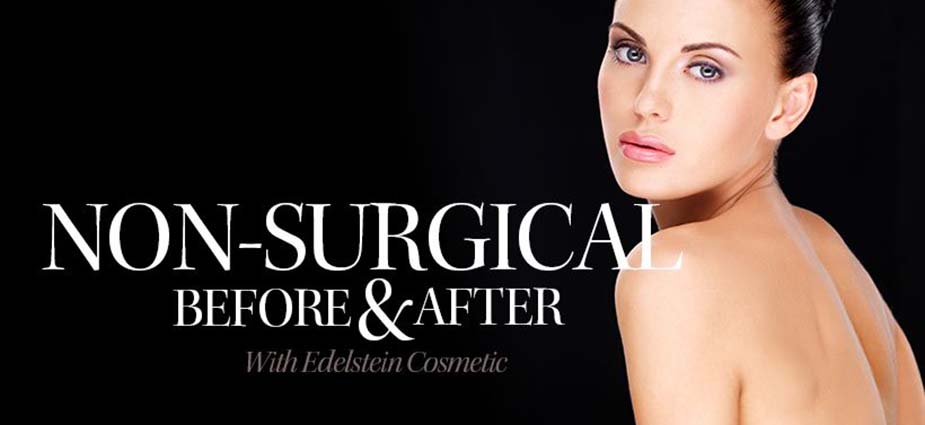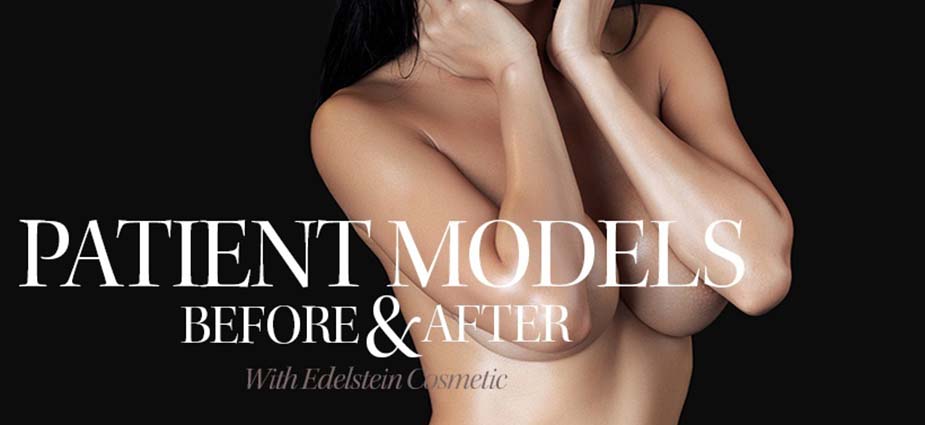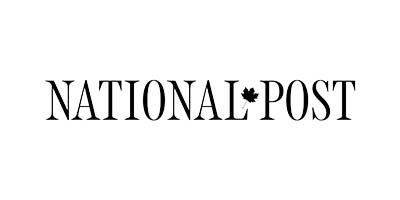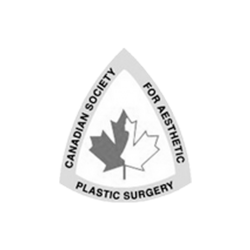The female breast is comprised of an intricate combination of fat and glands.
How Does the Breast Form?
Following conception, breasts begin to develop after only seven to eight weeks as a thickening of tissue in the embryo. During the 12th to 16th weeks after conception they become more definite and the cells begin to form into ducts, milk producing glands and the muscle cells that eventually become the nipple and areola. From this point on, hormones from the mother begin to influence the growth of milk ducts and the milk producing glands, in both male and female babies. The glands begin to secrete a clear liquid substance known as colostrum. This subsides over the first few weeks of a newborn’s life.Until just before the onset of puberty, both female and male children have nearly identical breasts. Puberty causes the release of estrogen (and later, progesterone as well) in females due to the maturation of the ovaries. This causes the breasts to develop over roughly three to four years and results in mature breasts that go on to change further in the event of childbirth and lactation.
Anatomy of the Mature Breast
The fully mature female breast is made up of four primary structures: the lobules (or glands), milk ducts, connective tissue and fat.
The lobules are grouped into units called lobes. They are unevenly arranged in a circular pattern around the area of the nipple and areola. The lobules empty into the milk ducts which extend from the nipple and areola and back through the breast into several collecting ducts. The lobules, milk and connecting ducts are responsible for providing breast milk during lactation.
Fat surrounds the breast lobes and is almost always soft (in contrast to the harder feeling lobes). The difference in sensation between the lobes and breast fat allows physicians to identify the lobes by palpating the breast or employing mammographic imaging.
The upper outer portion of the breast is composed primarily of glandular tissue. This tissue is where tenderness is experienced by women before menstruation. Younger women’s breasts are mainly made up of glandular tissue and a small percentage of fat and, because of this, are firmer. Over time estrogen dissipates and the lobes begin to shrivel and become replaced by fat, becoming softer and losing support. Changes in hormones, especially during the menstrual cycle, are most evident in glandular tissue and often lead to dramatic changes.
Common Signs of Aging and Abnormalities
Aside from the changes in hormonal levels (which become most evident during and following menopause) that cause the breasts to lose firmness, weight also plays a large role in the appearance and shape of the breasts. In advanced age the breast is made up primarily of fat, making even small degrees of weight gain or loss evident in their size and shape.
Common abnormalities of the breast, present from birth, differ from aging. Some women are born with “accessory” nipples just below the breast, or, extra breast tissue that most often manifests in the underarm area. These growths should be recognized and monitored by a physician, but are not dangerous. They can be removed by a Plastic Surgeon if desired. A less common abnormality is the underdevelopment of one or both breasts, a condition that can occur on its or that can be accompanied by noticeable issues in the breast musculature and ribs. These problems can be corrected with treatment from a qualified Plastic Surgeon.





